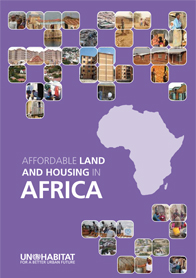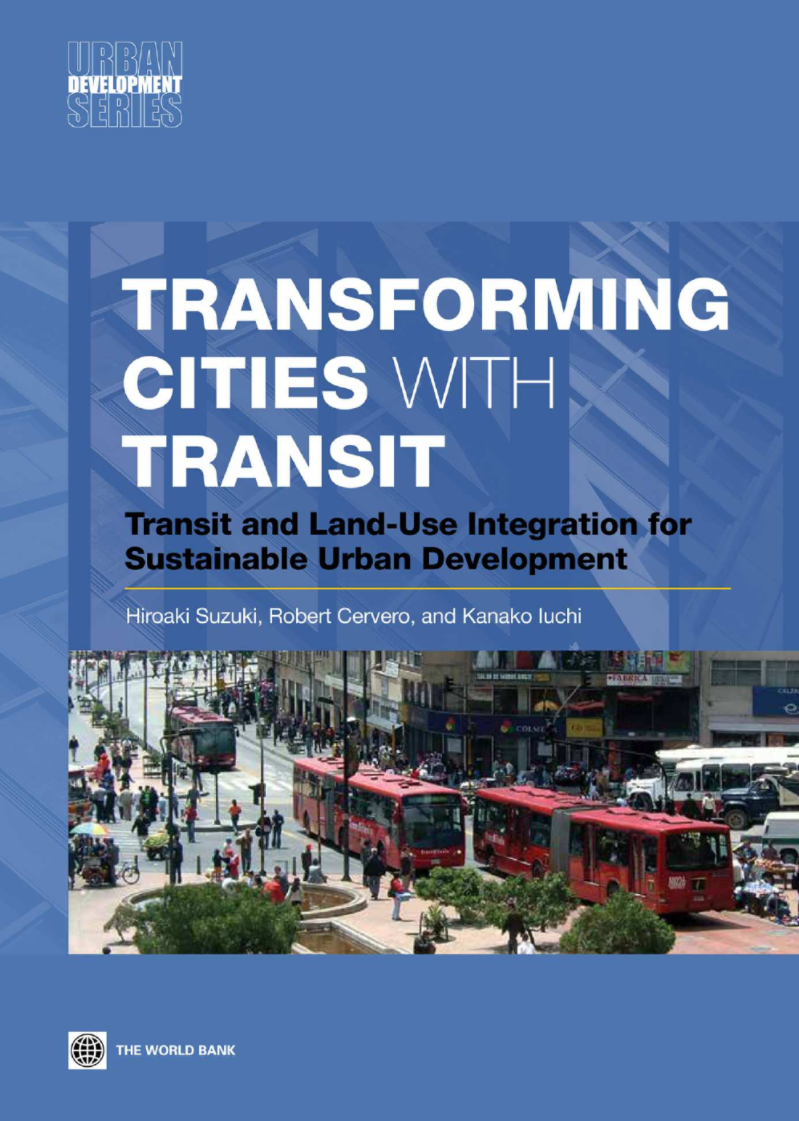
Ratio of land consumption rate to population growth rate
Last updated on 1 February 2022
This indicator is currently classified as Tier II. The United Nations Human Settlements Programme (UN-Habitat).
Unit of measure: The unitless indicator is measured as a ratio of the consumption rate (%) and population growth rate (%).
Why is this indicator important?
Urban areas are expected to grow considerably in the coming years. Many cities around the world have vast urban expansion plans. Urban sprawl can increase CO2 emissions and pose a threat to people and the planet. High rates of urban densification without adequate provision of infrastructure also results in diverse urban challenges. Urban expansion needs to be done efficiently and inclusively to ensure sustainable land use and management.
This indicator allows decision makers to track and manage urban growth and therefore allows them to promote land use efficiency in this context. In sum, it ensures that the SDGs adequately address the wider dimensions of space and land and provides a foundation for achieving other sustainable development goals, including those pertaining to health, food security, energy and climate change.
How is the indicator measured and monitored?
Several sources of information are required for the indicator computation, including multi-temporal satellite imagery through remote sensing and geospatial analysis processes as well as population data from censuses and surveys. Data for developed urban land is usually available from the urban planning units of cities and, where lacking, can be generated from openly and freely available satellite imagery.
Within the defined city/ urban area boundaries, the changes in built up areas over time are used to estimate the land consumption rate. The use of this measure accounts for aspects such as “newly developed”, "partially developed” and/or “redeveloped” land. According to the metadata document, defining the city or urban area poses a challenge since quite often land consumption through urbanization processes happen outside official municipality boundaries. The interpretation of the results is limited in cases with negative or zero growth. In addition, multiple city aggregations may lead to wrong interpretations.
By Anne Hennings, peer-reviewed by Dennis Mwaniki, Spatial Data Expert at UN-Habitat’s Data and Analytics Unit.
Other related indicators on Land Portal
In addition to the official indicator data, the following indicators provide information on urban expansion and related land use planning questions.
| Indicator | Min-Max Number of years |
Countries / Obs | Min / Max Value |
|---|---|---|---|
| Land use planning guides expansion in other cities | |||
| Land use planning guides expansion in the largest city | |||
| Population growth | |||
| Process for urban expansion clear, public, respects rights | |||
| Urban Population |
Paginering
ICLEI Seoul Declaration
On this day 9 April 2015, in Seoul, the capital of the Republic of Korea, on the occasion of the ICLEI World Congress 2015, ICLEI Members and representatives of local, subnational governments and our partners worldwide, proclaim the ICLEI Seoul Declaration.
Urban sprawl impact assessment on the agricultural land in Egypt using remote sensing and GIS: a case study, Qalubiya Governorate
Urban sprawl is one of the main problems that threaten the limited highly fertile land in the Nile Delta of Egypt. In this research, satellite images of Landsat Thematic Mapper (TM) 1992, Landsat Enhanced Thematic Mapper (ETM+) 2001 and Egypt Sat-1 2009 have been used to study the urban sprawl and its impact on agricultural land in Qalubiya Governorate.
NYT Op-ed Cites Land Rights As a Key Element to Growth in Myanmar
In a recent New York Times op-ed Roy Prosterman and Darryl Vhugen of the U.S. NGO Landesa highlight some of what Myanmar’s government will need to do to promote sustainable growth in the country. It certainly needs to attract investment and at first blush things look very encouraging: a variety of investors are interested in a number of projects – particularly building out infrastructure.
Affordable Land and Housing in Africa
In the vast majority of countries land and housing affordability is a critical contemporary challenge. While in different countries and regions the specificities of the challenge vary, the universal truism is that it is becoming increasing difficult for the vast majority of urban residents to obtain and retain adequate and affordable land and housing.
Transforming cities with transit
'Transforming Cities with Transit' explores the complex process of transit and land-use integration in rapidly growing cities in developing countries.
Paginering
![]()

By 2030, enhance inclusive and sustainable urbanization and capacity for participatory, integrated and sustainable human settlement planning and management in all countries
Indicator details
The indicator is conceptually clear, has an internationally established methodology and standards are available, but data is not regularly produced by countries.
Key dates:







